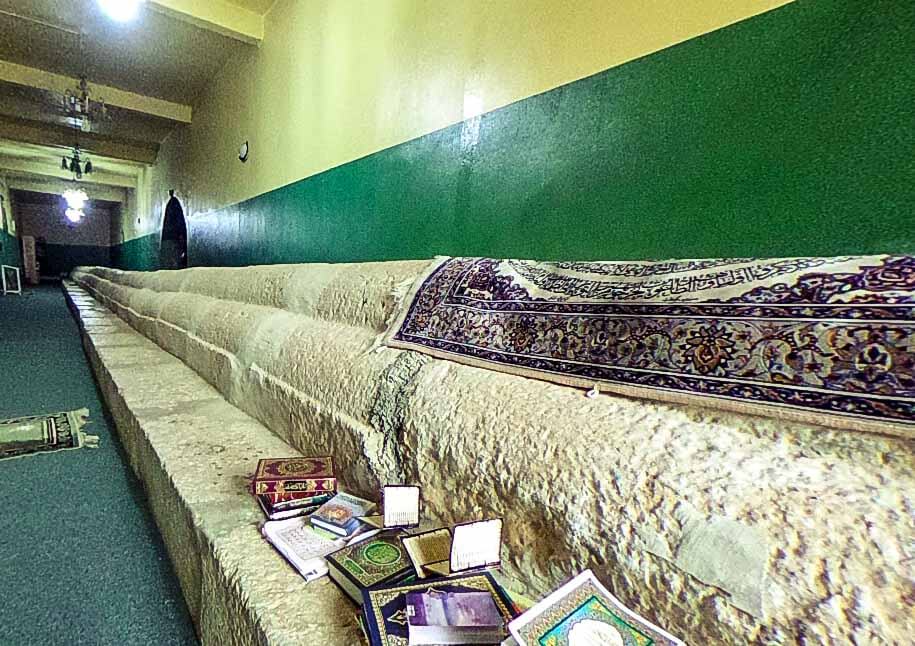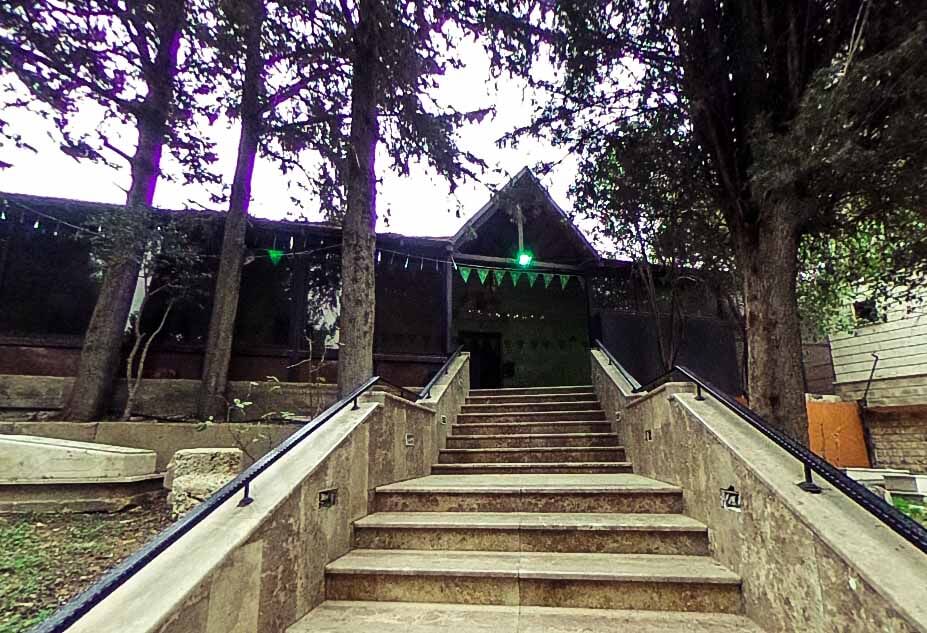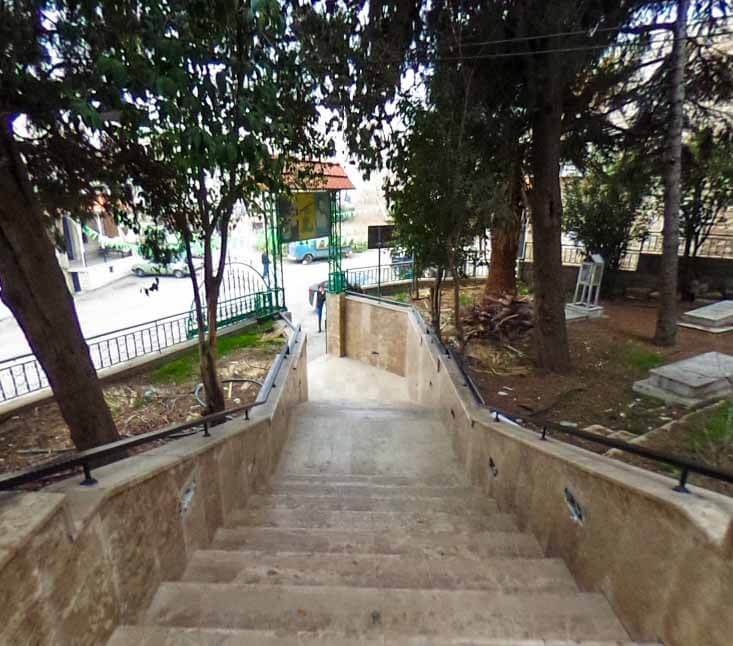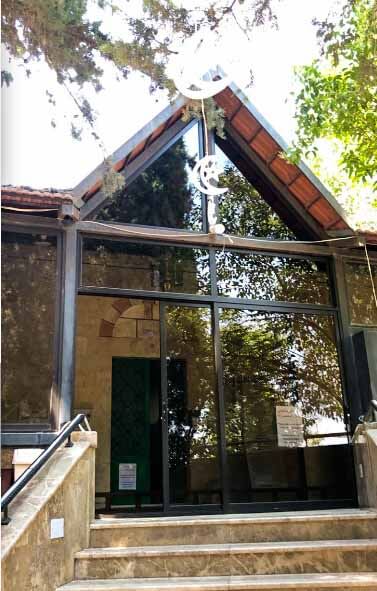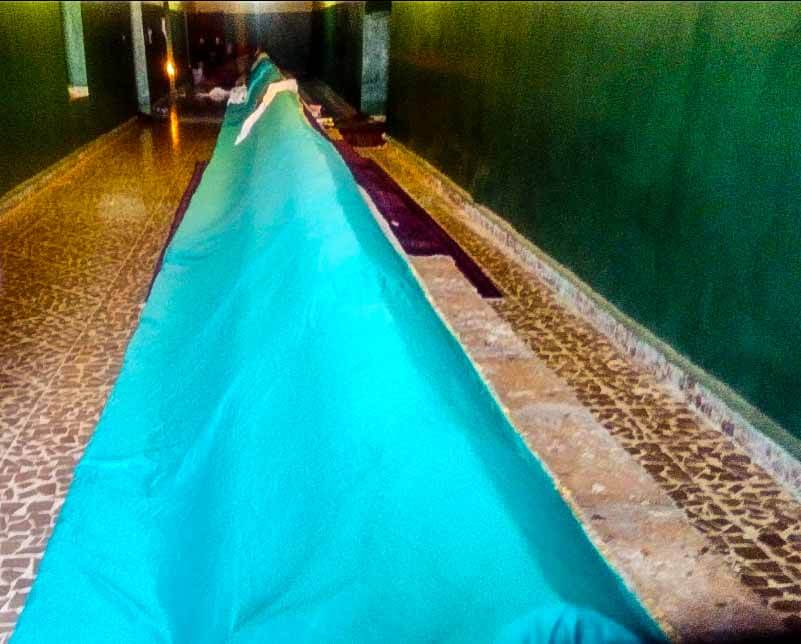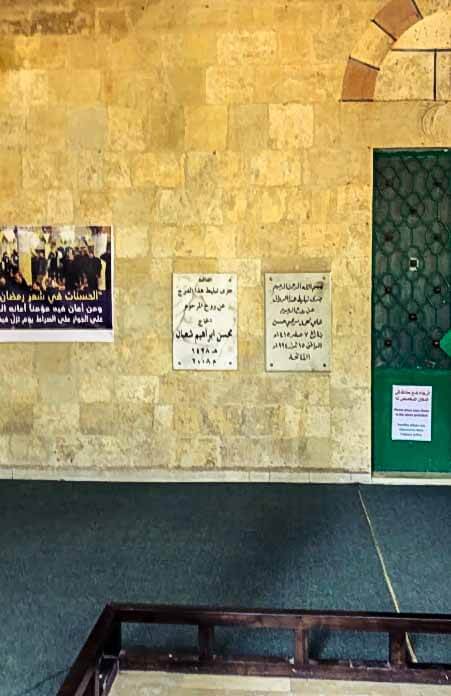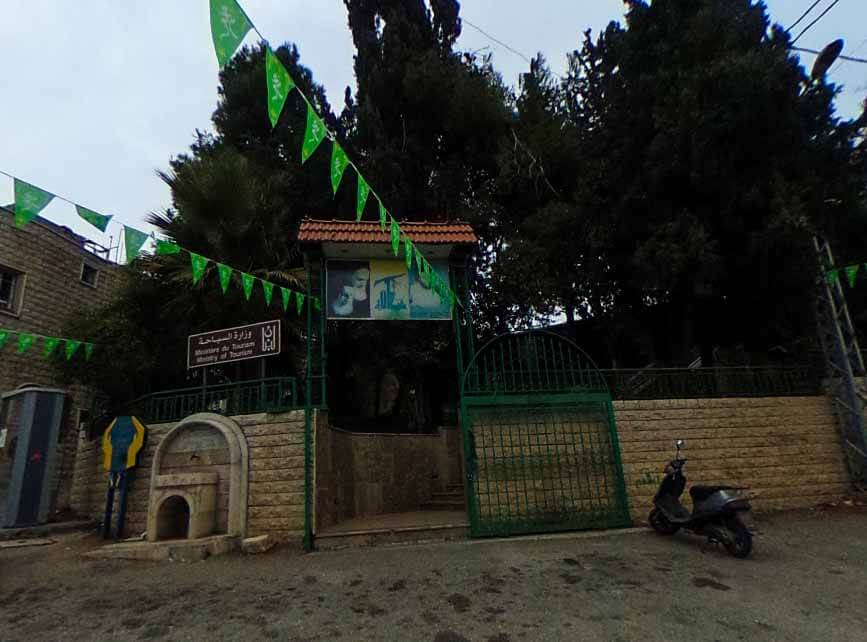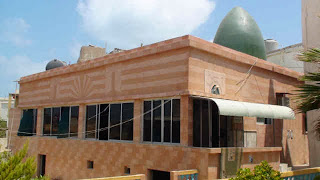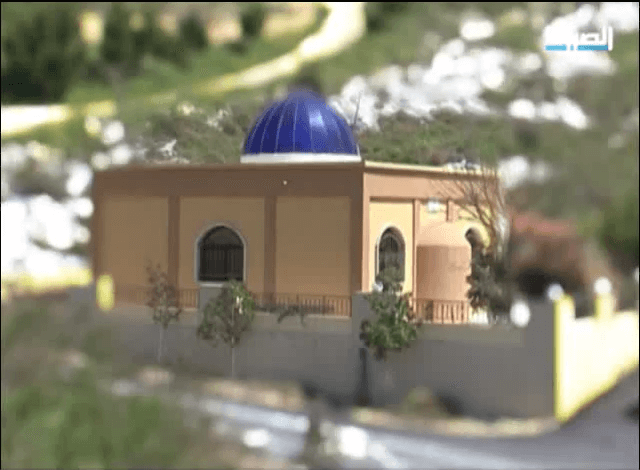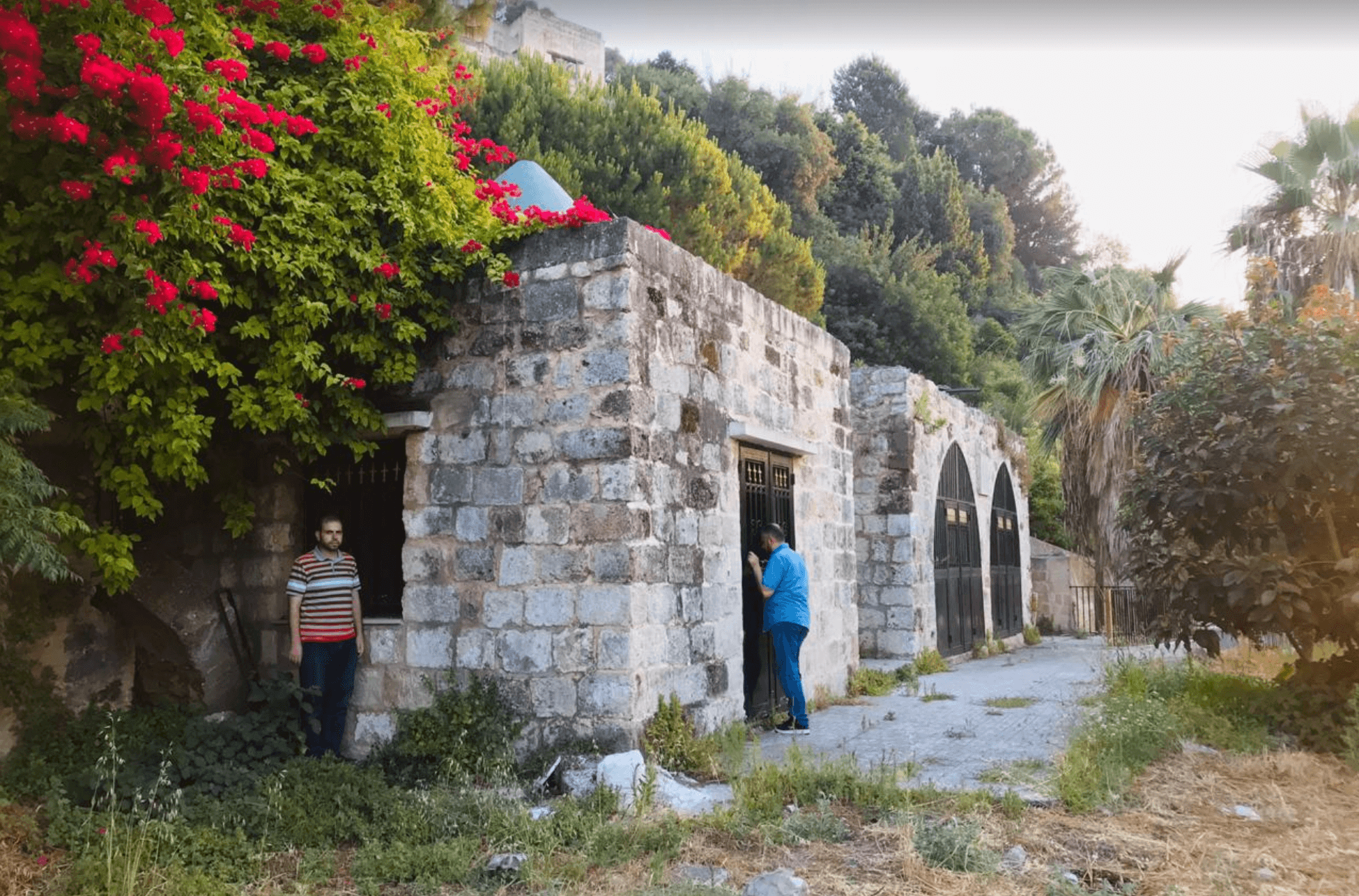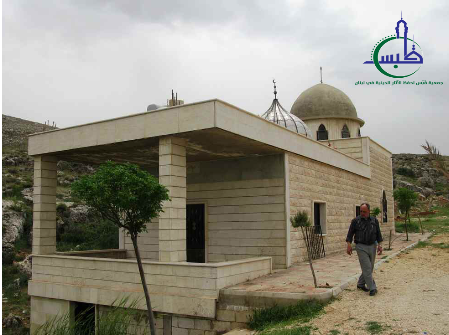Karak Nuh, Beqqa – Lebanon
Coordinates: 33.849231, 35.923582
The shrine one of the four least prominent site which house grave of Hz. Nuh عليه اسلام in the Lebanese Bekaa Valley in the outstanding area of Karak
There is a chapel as well carrying his name.
It is one of the oldest religious monuments in the region where this place still preserves its history and heritage engineering design
Karak Nuh
Karak also knows as Karak Nuh is a village in Zahlé District, Beqaa Governorate, Lebanon.
The town was an important religious site during the Middle Ages, drawing devotion from the local rural village communities.
The town was known as al-Karak during the time of the Ayyubid dynasty and changed to Karak Nuh under the Mamluks.
The construction dates back to the Mamluk period, which was destroyed more than once and was completely restored by the Ottoman Empire in 1920.
Tomb of Hz. Nuh عليه اسلام
According to tradition mentioned by al-Mukaddasi and Al-Dimashqi, the tomb of Hz. Nuh عليه اسلام existed in the tenth century and can still be seen.
The stone tomb measures around 31.9 m long, 2.7 m wide and 0.98 m high and is covered in a green cloth.
There is a chapel next to the cenotaph building where several inscriptions (decrees) dating to the fourteenth century were found.
There is also a courtyard outside the building with a prayer niche. The size of the monument possibly derives from tales of ancient giants, but is more realistically suggested to be a section of an ancient aqueduct that has been converted to serve as a shrine.
Know This
In some cases there are multiple tombs of one prophet throughout the world. Only one site is the real one and the rest of the other are purported there for spiritual reason.
This website, according to the best of the sources availabe online, lists all the tombs placing the prominent one at first.
There is still no way to determine whether the prominent one is the real site and not the others as in most of the cases, the evidence found in others are really compelling.
Only Allah knows best which tomb is the real and which one is purported spiritual one.
Note: Some of the information in this article comes from Shia historians.

